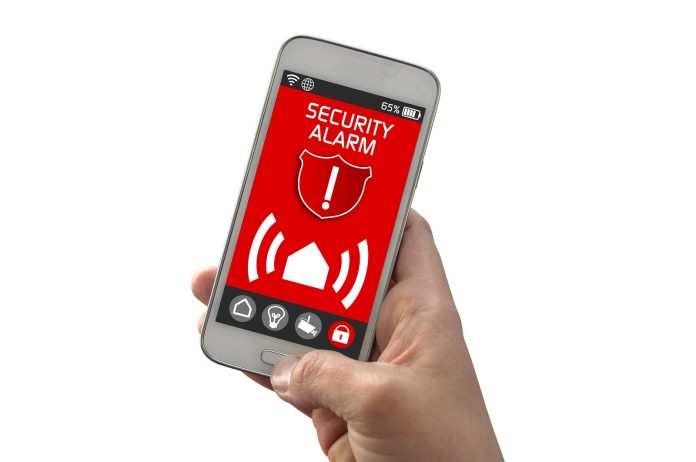Is it possible that in the future multiple core monitoring platforms will one day integrate to provide enhanced situational awareness, not only across internal enterprise applications, but across adjacent sites, suburbs, cities and regions?
As the world becomes less predictable, the idea of integrating emergency response platforms to deliver enhanced situational awareness to first responders is becoming a reality. Automation of smart city solutions, fire detection systems, telecommunications, automated traffic systems and plenty more, allows considerable scope for sharing information to deliver faster responses based on more granular data.
How would such solutions work? Developments in the U.S. show how. Currently, ADT and Google are preparing to get onboard with RapidDeploy’s open emergency response platform – other major players involved include technology and public safety organisations such as Priority Dispatch, OnStar and Rave Mobile Safety, while other contributors include AT&T, Esri, FirstNet, Microsoft and more. It’s a serious list.
What’s the idea behind these partnerships? Nothing less than the unification of public safety and emergency response through partnerships between emergency services and some of the world’s largest tech houses.
“In order for our industry to thrive and evolve, we need to establish and grow an open and collaborative partner ecosystem,” said Steven Raucher, CEO and co-founder of RapidDeploy. “By joining forces with these tech and innovation power houses, we are one step closer to unifying the end-to-end public safety workflow.”
It might sound pie in the sky but RapidDeploy’s technology is anything but. In the U.S. the company leverages 240 million 911 calls annually to deliver emergency telecommunicators and first responders more real-time information and situational awareness so they can reduce overall response times and save more lives.
RapidDeploy claims to achieve new levels of situational awareness and reduce emergency call response time by seamlessly integrating third-party data to ensure it is available when, where, and how, telecommunicators and first responders need it. The company’s web-based cloud platform includes analytics, mapping, dispatch and first responder applications.
Conversely, ADT supports its customers through 9 monitoring centres across the U.S. and the company’s partnership with RapidDeploy will deliver more efficient and richer data transfers from alarm monitoring centers to ermergency communication centres, ensuring that telecommunicators and first responders have more context for each call that comes in. The more providers sign up to the service, the greater that context is going to be.
“Working with RapidDeploy to integrate our residential, small business and commercial alarm monitoring data directly into 911 systems will help improve emergency response efficiencies and effectiveness,” says Donald Young, CIO and executive vice president of field operations at ADT. “This solution adds to the many ways ADT is innovating enhanced alarm response technology to help protect and connect our customers to what matters most.”
Something that’s not commonly known is that the emergency call centres within police facilities are serious operations. Delivering the operators in these centres, as well as operators in security control rooms, and other emergency services personnel, a composite image of unfolding events, depends on the latest technology’s ability to achieve real-time connectivity to devices and data — anywhere. It’s hard to know exactly where these networks of devices and data begin and end – the scope is enormous.
RapidDeploy’s unified critical response platform includes analytics, mapping, dispatch and first responder applications, and brings in real-time data to improve situational awareness like traffic, weather, IoT emergency data to capture panic buttons, mobile location services, alarm events of all types, as well as inputs from video analytics systems supporting key sites and infrastructure. There’s also GIS technology to visualize complex, interconnected data and present it in a digestible format.
How far could such solutions go and how much might they empower all trusted partners in an ecosystem? There’s huge scope for emergency services information sharing and no end to the partnership possibilities with large organisations, safe city solutions, road systems, law enforcement agencies, telcos, ISPs, and many more. These partnerships could be local or nationwide – there’s no technical limitation to integration of monitoring solutions.
From the point of view of Australian monitoring stations, the possibilities are no less interesting. Integrated monitoring platforms serve to enrich the situational awareness of security teams and emergency services – the more inputs, the greater detail can be. And partnerships like this could also be formed between a monitoring centre and its key customers in a town or city, with inputs from local safe city solutions, and information sharing with local emergency services, including fire and police, to the benefit of all involved.
#securityelectronicsandnetworks.com









